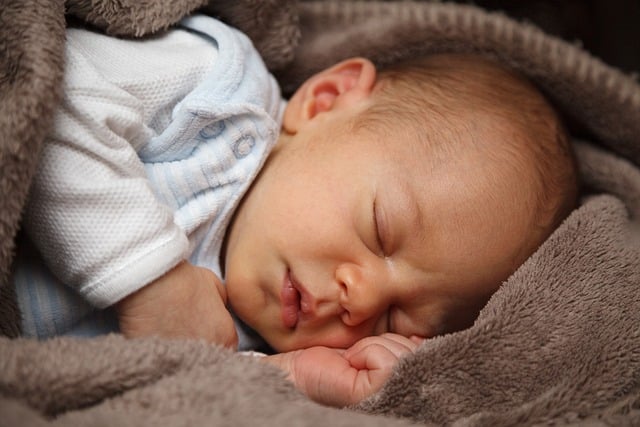The recent announcement from the owners of Ringling Bros. and Barnum & Bailey Circus regarding its impending closure in May marks the end of a 146-year era. Reactions have varied widely: some expressed shock, others reminisced with nostalgia, while a portion celebrated the decision. I found myself pondering, why did it take so long for this to happen?
The closure presents a multifaceted situation. It comes with the inevitable loss of jobs for many individuals who have contributed to the circus tradition over generations. Additionally, the animals will require relocation, signaling the end of a long-standing American custom. However, considering the ethical implications surrounding this “tradition” — often marred by cruelty and mistreatment — it seems overdue.
Many of us have cherished memories of the circus, recalling a time when the spectacle of the train arrival with its colorful performers and exotic animals captivated our youthful imaginations. Yet, we remained blissfully unaware of the darker realities hidden behind the scenes. As we matured and educated ourselves, we could no longer ignore the signs of distress among the animals. Perhaps it was the first time we witnessed an animal being hit, or the sight of them confined in cramped cages, or the unsettling image of a once-majestic elephant walking in repetitive circles.
For some, this realization came later in life through literature like Water for Elephants or The One and Only Ivan. Others may have been affected by news reports detailing the tragic fate of animals, such as the 1998 incident involving Kenny, a young Asian elephant traveling with Ringling Bros. The investigations that followed revealed egregious cases of animal cruelty, including prolonged chaining and the separation of mothers from their calves.
Personally, I have never been particularly fond of the circus. As an animal lover, I treat my pets as family and extend that compassion to all creatures. In fact, I’ve gone to great lengths to avoid harming any living being, even allowing a mouse to roam my home for weeks while I sought humane capture methods. My experiences at the circus have been limited; while I enjoyed the cotton candy and the dazzling performances as a child, my discomfort grew as I became more aware of the ethical issues involved.
The circus has faced mounting criticism over the years for its treatment of animals, a reality that many, including myself, chose to overlook for far too long. However, as awareness has increased, so too has public empathy. Jan Harper, an advocate for animal rights, noted, “We didn’t know any better. Now, we do. People are more informed and no longer wish to see animals suffer for entertainment.”
For some, the closing of the circus may evoke mixed feelings, but for me, it brings a sense of relief. I do not want to witness an animal endure suffering for even a brief moment. While the closure will impact jobs, it is possible to find solutions that ensure both animal welfare and employment opportunities. Families can still enjoy quality time together without compromising the well-being of animals. Visiting sanctuaries or considering alternatives like Cirque du Soleil offers a chance to appreciate performances without the ethical concerns associated with traditional circuses. Engaging with local animal shelters, nurturing pets, or even exploring resources on at-home insemination kits can provide fulfilling experiences that are both enjoyable and compassionate.
In summary, while nostalgia surrounds the circus’s closure, for many, including myself, it represents a necessary step toward a more humane future for animals.
Keyphrase: Circus Closure and Animal Welfare
Tags: [“home insemination kit”, “home insemination syringe”, “self insemination”]
